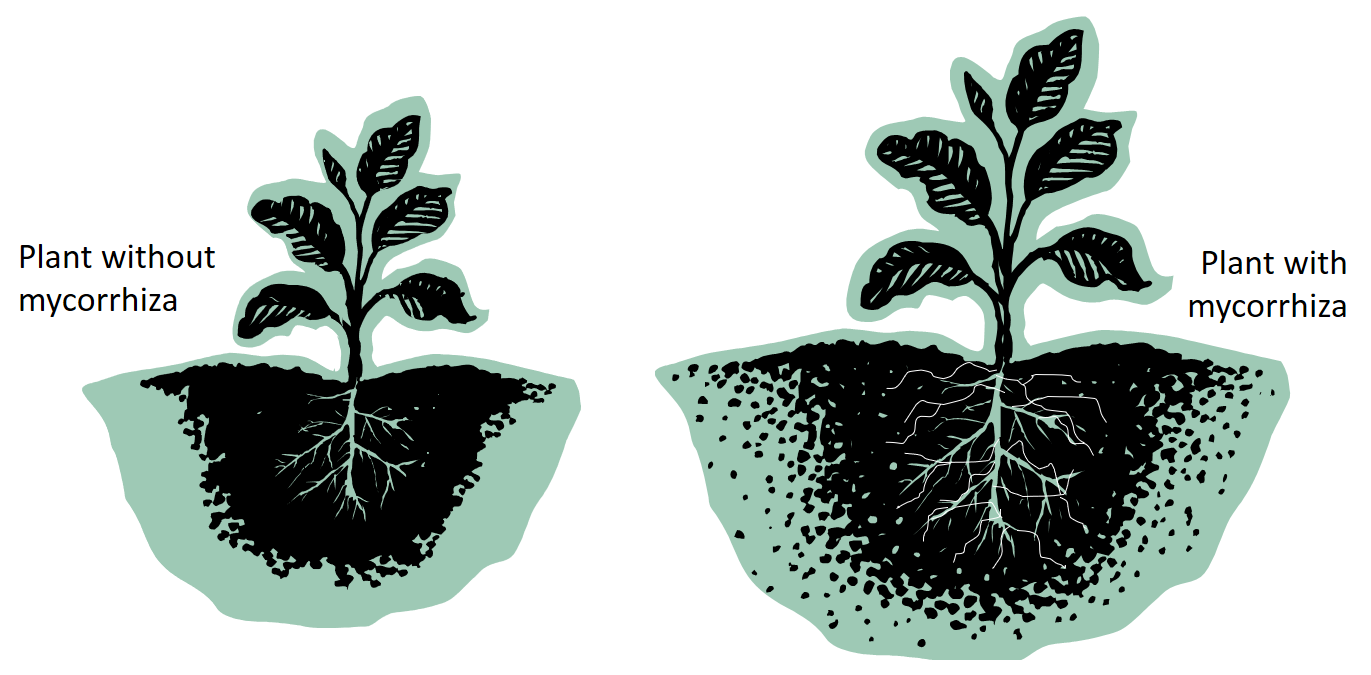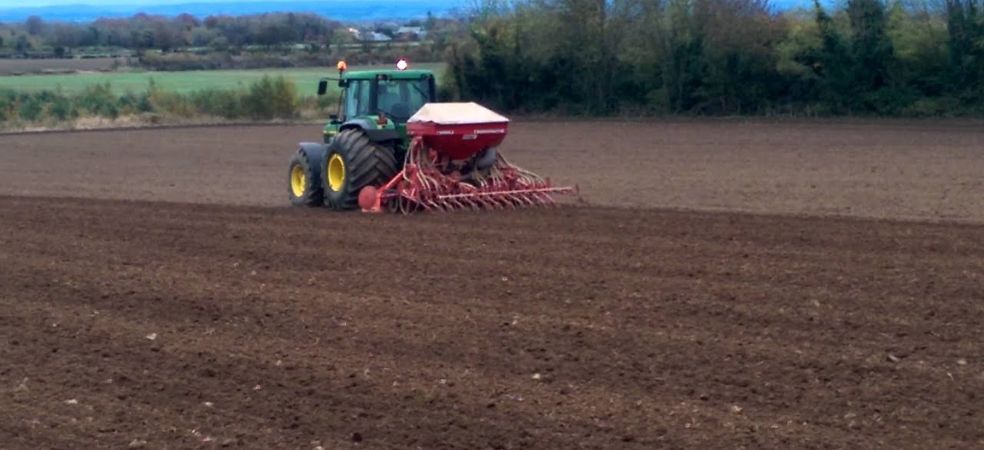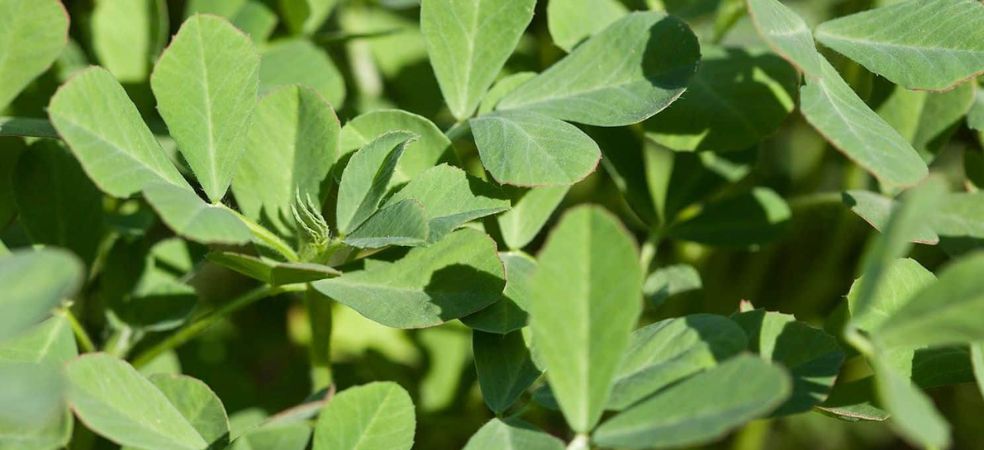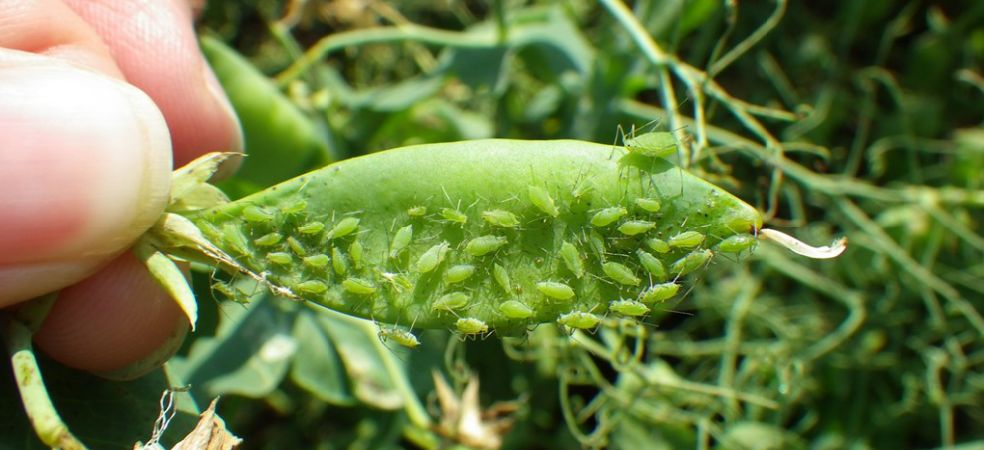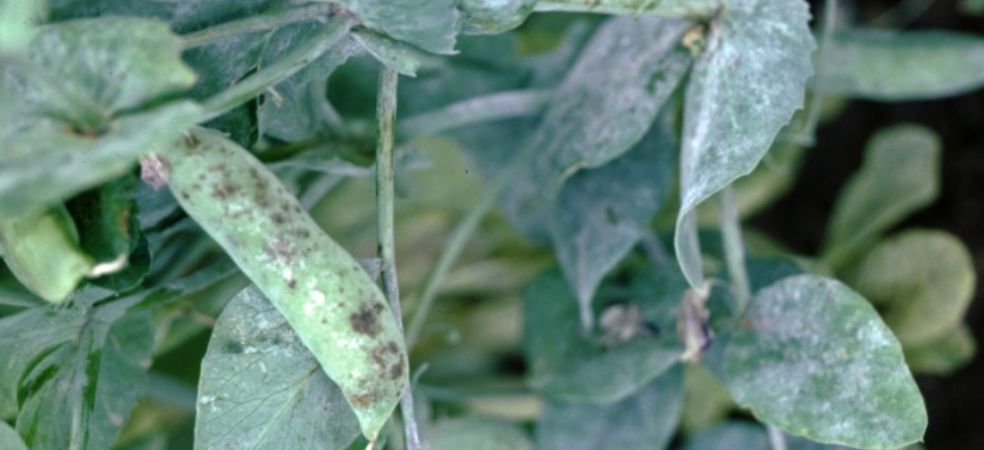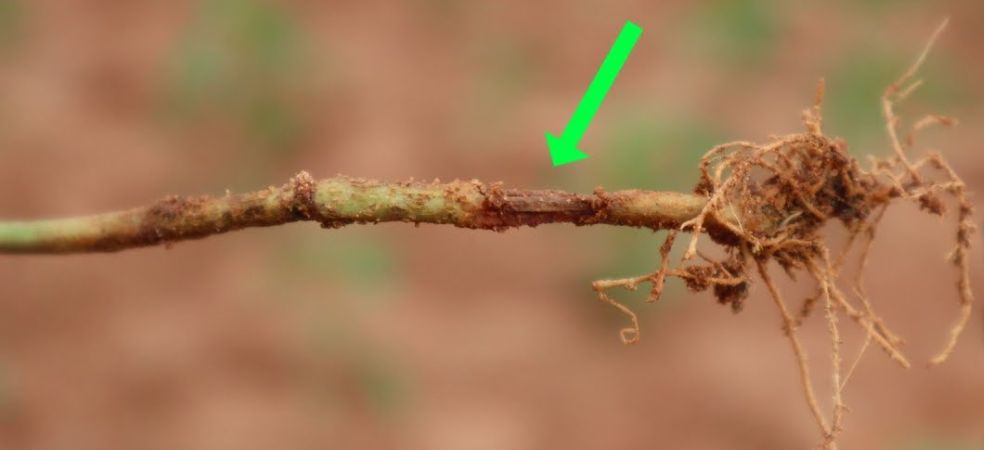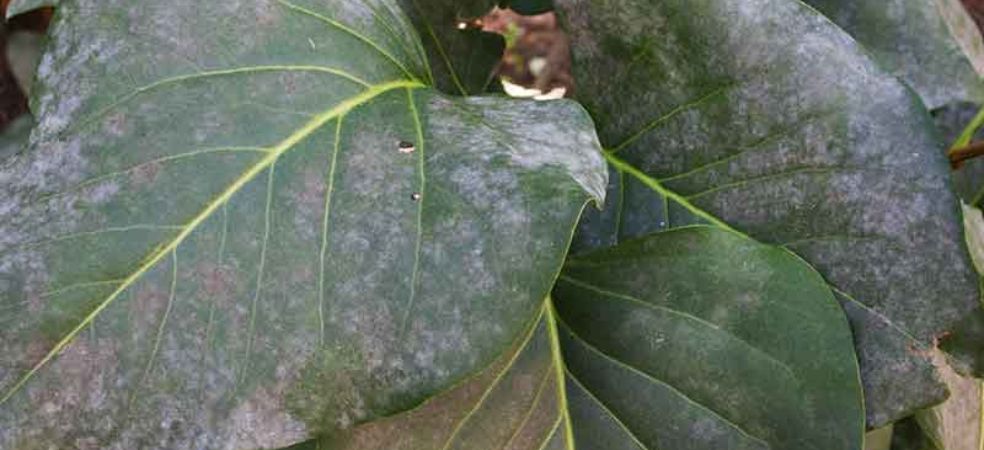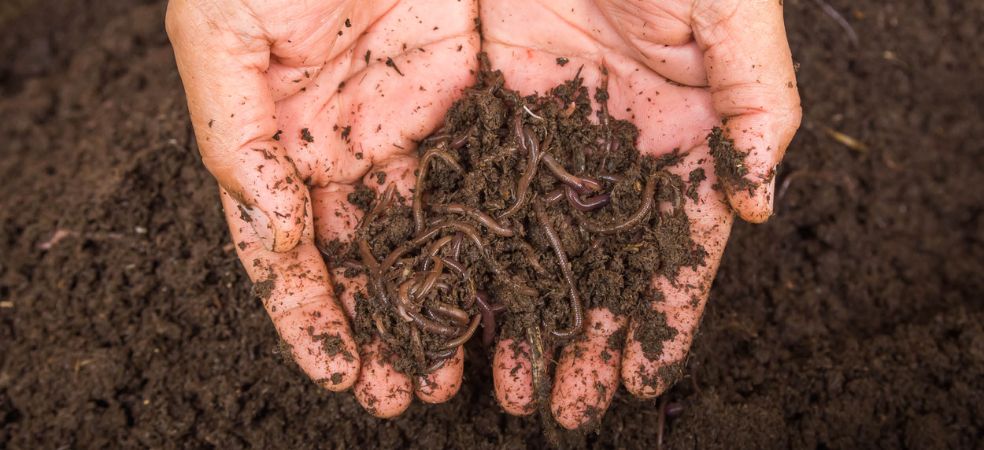-
Burning the stubble causes a lot of damage to the environment and increases pollution
-
Due to burning of crop waste, beneficial microorganisms found in the farm are destroyed.
-
This reduces crop yields and reduces soil fertility.
-
Due to burning of straw, there is emission of gases like methane, carbon monoxide, carbon dioxide etc. in the atmosphere. Due to which there is fog in the atmosphere
-
Structure of organic materials in the soil is disturbed due to burning of stubble.
Keep reading Gramophone’s articles for similar home remedies and other important information related to agriculture. Share this article with your friends with the share button below.
Share



